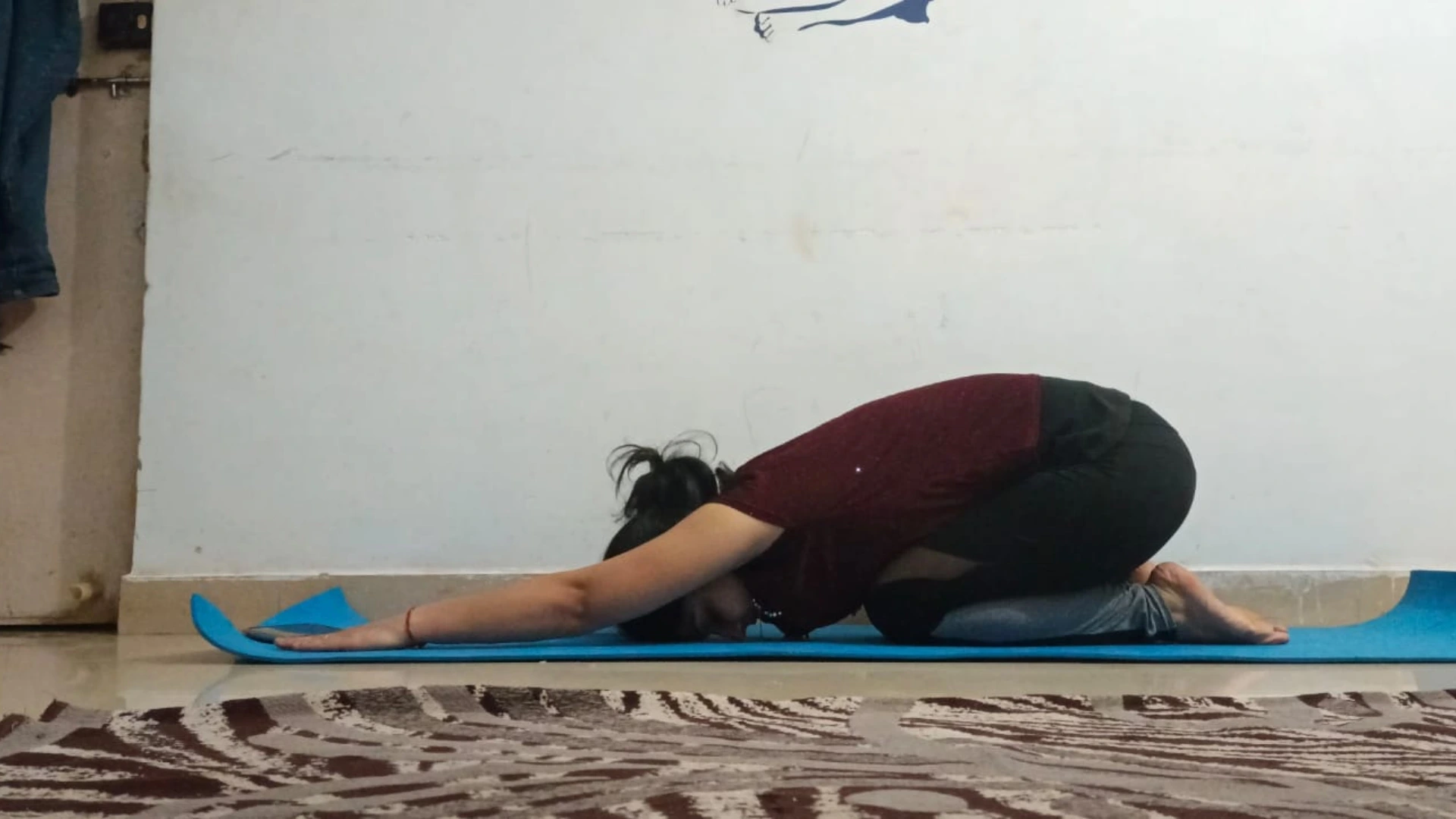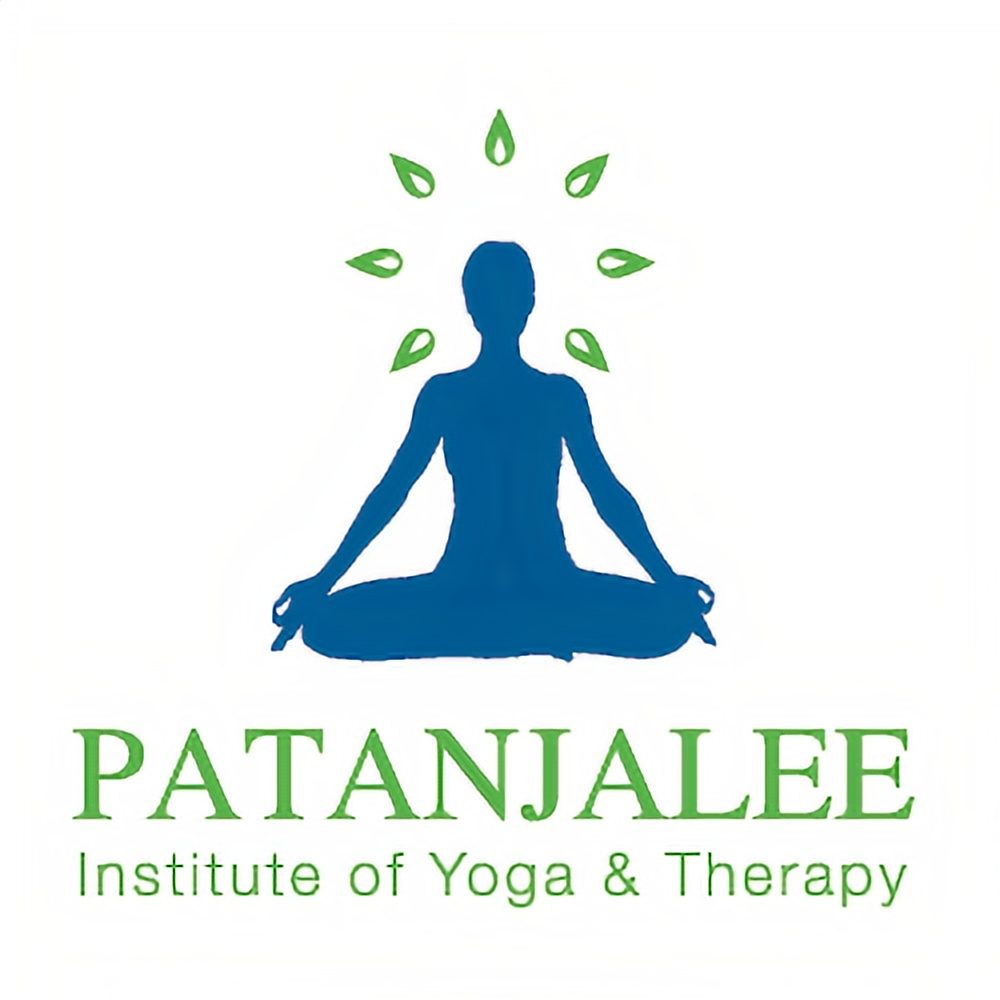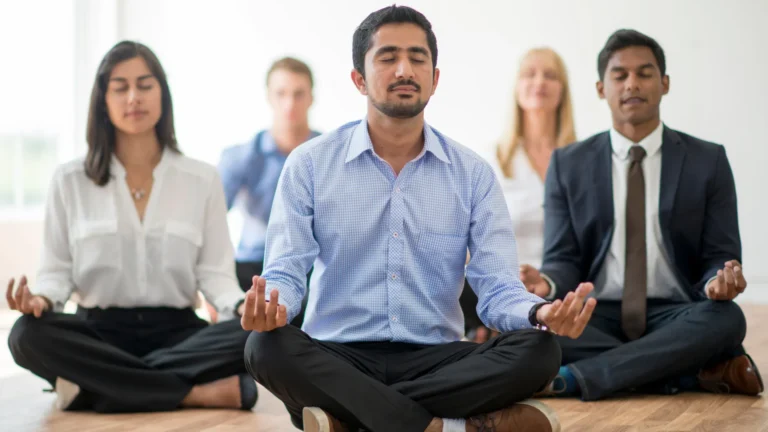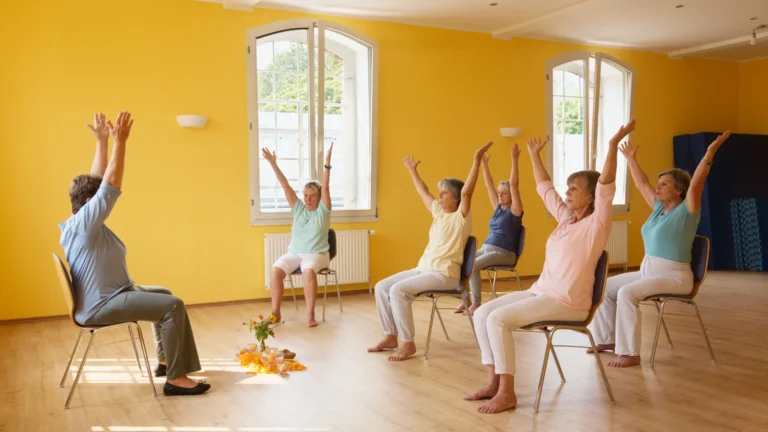Unlock the Secrets to Better Sleep with Yoga
If you’ve ever found yourself tossing and turning at night, staring at the ceiling, or scrolling through your phone at 2 AM, you’re not alone. Many of us struggle with getting the good, restful sleep we need. But what if I told you that there’s a natural, holistic way to help you fall asleep faster and stay asleep longer? The secret might just be on your yoga mat! Yoga has been used for centuries to reduce stress, calm the mind, and ease the body—all crucial elements for better sleep.
So, how exactly can yoga improve your sleep? Let’s dive into the secrets behind using yoga to unlock your best night’s rest.
The Mind-Body-Sleep Connection
Before we jump into the poses and techniques, let’s talk about why yoga is so effective for improving sleep. You see, the key to a good night’s sleep isn’t just about physical exhaustion—it’s about mental relaxation as well. We live in a fast-paced world where our minds are constantly buzzing with to-do lists, worries, and endless notifications. This mental noise can keep you awake at night, even when your body is tired.
Yoga helps bridge the gap between body and mind. The combination of deep breathing, gentle stretching, and mindfulness not only helps release tension in your muscles but also quiets the mind. When you slow down your breath, you signal to your nervous system that it’s time to relax. This shift from “fight or flight” to “rest and digest” mode is essential for winding down before bed.
How Yoga Helps with Sleep
- Reduces Stress and Anxiety: One of the biggest culprits behind sleepless nights is stress. Yoga, particularly the meditative and breath-focused aspects, is known to lower cortisol levels (your body’s main stress hormone). You can even explore online yoga classes for stress to learn effective techniques from the comfort of your home. When stress levels drop, it becomes easier to relax and drift off into sleep.
- Promotes Relaxation: Many yoga poses are designed to help you unwind physically and mentally. By focusing on your breath and moving your body gently, yoga encourages relaxation. This is key to transitioning into sleep, as it slows your heart rate and helps you let go of the day’s worries.
- Relieves Physical Tension: If you’re someone who feels tight and sore after a long day, yoga can help stretch out stiff muscles and release built-up tension. A body free of tightness is much more likely to relax into a deep, restorative sleep.
- Regulates the Nervous System: Yoga encourages the activation of the parasympathetic nervous system, which is responsible for helping the body relax. This is particularly important before bedtime, as many of us spend our days in a state of heightened alertness and adrenaline. Yoga helps bring your body into a more restful, sleep-friendly state.
- Enhances Sleep Quality: Research has shown that yoga not only helps you fall asleep faster but also improves the quality of your sleep. This means you’re more likely to spend time in the deeper, more restorative stages of sleep, which are crucial for feeling refreshed in the morning.
The Best Yoga Poses for Better Sleep
Now that we know why yoga works, let’s talk about how to incorporate it into your nightly routine. Below are some simple yet effective poses that you can do before bed to promote relaxation and better sleep. Don’t worry—no headstands required!
1. Child’s Pose (Balasana)
This gentle forward fold is perfect for calming the mind and stretching the back, hips, and thighs. It’s a great way to release tension in your lower body after a long day of sitting or standing.
- How to do it: Kneel on the floor with your big toes touching and knees spread apart. Sit back on your heels and extend your arms forward, lowering your chest to the floor. Rest your forehead on the mat, close your eyes, and take slow, deep breaths.

2. Legs Up the Wall (Viparita Karani)
This restorative pose is fantastic for relieving tired legs and calming the nervous system. By reversing blood flow from your legs to your heart, it can help reduce swelling and promote relaxation.
- How to do it: Sit with one side of your body against a wall, then swing your legs up and lay your back down on the mat. Your legs should rest vertically against the wall. Keep your arms relaxed by your sides, close your eyes, and breathe deeply.

3. Reclining Bound Angle Pose (Supta Baddha Konasana)
This pose opens up your hips and promotes a sense of grounding, which is helpful for reducing anxiety and stress.
- How to do it: Lie on your back and bring the soles of your feet together, allowing your knees to fall out to the sides like butterfly wings. You can place cushions under your knees for extra support. Rest your arms by your sides, close your eyes, and focus on slow, even breathing.

4. Cat-Cow Stretch (Marjaryasana-Bitilasana)
This dynamic stretch gently massages the spine and can help release any built-up tension in your back. It’s also great for connecting your movement to your breath, which is key for relaxation.
- How to do it: Start on your hands and knees in a tabletop position. Inhale as you arch your back and lift your head (Cow Pose). Exhale as you round your spine and tuck your chin to your chest (Cat Pose). Repeat this flow for 5-10 breaths.


5. Corpse Pose (Savasana)
The ultimate relaxation pose! Savasana allows your body to fully relax, making it the perfect pose to end your yoga practice before bed.
- How to do it: Lie flat on your back with your legs extended and arms resting by your sides, palms facing up. Close your eyes, and let your body sink into the mat. Focus on your breath and allow your body to fully relax.

Breathwork for Sleep
In addition to these poses, incorporating breathwork (or pranayama) into your nightly routine can further promote relaxation and better sleep. One of the most effective techniques for sleep is 4-7-8 Breathing. Here’s how to do it:
- Inhale quietly through your nose for a count of 4.
- Hold your breath for a count of 7.
- Exhale slowly and completely through your mouth for a count of 8.
Repeat this cycle 4-5 times. The extended exhale helps activate the parasympathetic nervous system, which is responsible for calming the body.
Discover more ways yoga can benefit your sleep by checking out our blog, “How Does Yoga Improve Sleep?“.
Creating a Sleep-Friendly Yoga Routine
To get the most out of your yoga practice for better sleep, consistency is key. Try to incorporate these poses into your evening routine at least 30 minutes before bed. You can also add in some soft music, dim lighting, or essential oils like lavender to enhance the relaxing atmosphere. If you’re looking for additional guidance, online yoga classes can help you stay on track and make your practice even more effective.
Remember, yoga isn’t about perfection or pushing your body to the limit—it’s about connecting with yourself and creating a sense of peace. If you find your mind wandering, that’s okay! Gently bring your focus back to your breath and let go of any expectations.
Conclusion
If sleep has been elusive, yoga might be the missing piece in your nightly routine. By calming the mind, relaxing the body, and reducing stress, yoga creates the perfect conditions for a good night’s rest. Whether you’re a seasoned yogi or a complete beginner, these simple poses and breathwork exercises can help you unwind and sleep soundly.
So, roll out your mat, take a deep breath, and let yoga be your secret weapon for better sleep tonight!




